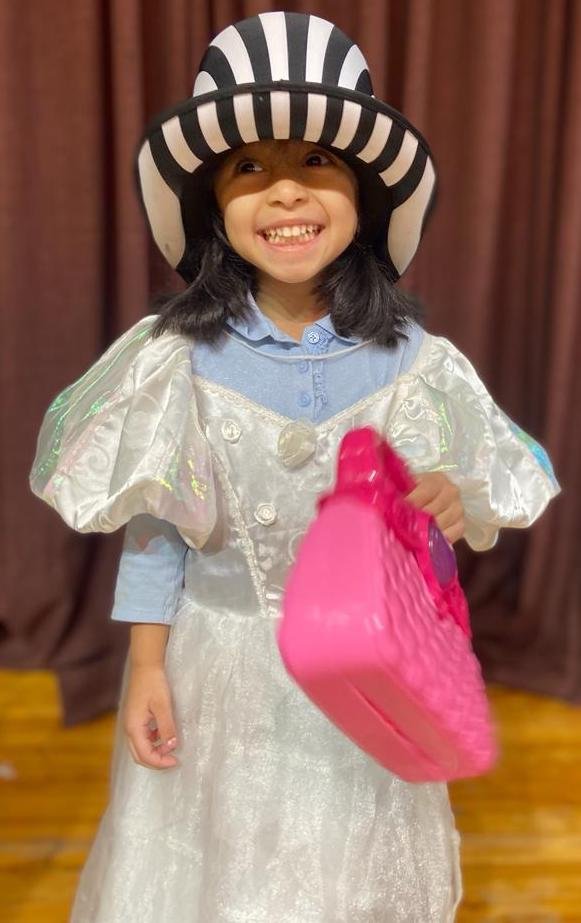We've opened up spots to book in-person tours!
Blog
Fantasy and Imagination in Montessori
When thinking about fantasy and imagination sometimes people tend to think that they are the same, that in fact, the two words refer to the same process. The truth is that the two have very different meanings. When we talk about fantasy we talk about something created by the mind, so, it is a product of the imagination but it is not connected with reality, it is something that we have never seen before, something that cannot exist. On the other hand, imagination is based on reality. A clear example would be trying to draw a picture of something which is not in front of you. As long as you know what it is, such as for example an apple, you can easily visualize it, or imagine it and draw it.
In a Montessori environment imagination is preferred because Maria Montessori believed that in their first years of life children are building their true self. They need real images of what life means (may it be where they live, or somewhere else on Earth), so they can gain knowledge about it, and learn better and better how to adapt to it. In their first three years of life they unconsciously absorb everything, thus, it would be quite dangerous, confusing, and even scary, we could say, for a young child to be exposed to a world of fantasy, as he could not understand that this is not the real world.
Think about trying to teach your child about Diwali, a festival which he/she never experienced, but through pictures, videos, and crafts, he/she has the opportunity to imagine how it feels to celebrate it. A fantasy would be reading to your child the book of The Little Red Riding Hood, where unreal events are described, such as a bad wolf talking and acting like a human, which would most probably result in the child being scared of wolves and might even have nightmares after a story like this.
It is important though to mention that a balance between the two should prevail. For example, a Montessori environment can manage imagination by teaching children cultural aspects from all around the world, through so many different topics, such as geography, botany, science, zoology, music, history, and cuisine, among others. Yet, the same class can manage fantasy by waiting until the youngest child is maybe four and a half years old, and then start to read fantasy books. The teacher guide, or the parent if we talk about a home setting, should make sure to always explain to the children that the story they are about to hear is not a real one, and he/she could ask some questions before reading it, as for example let’s say she will read The Red Riding Hood, she could ask them: “Do wolves talk?”, “Ah, ok, then in this story when you will hear that the wolf was talking you will know that this never happened, this is just fantasy, something that is not real.”

Children rely on our guidance, on the things we tell and we show them. There are no real or unreal facts for the younger ones, they will believe everything we tell them as they look up to us, we are their role models. Therefore, it is essential to guide them on understanding the difference between fantasy and imagination at the right time.
